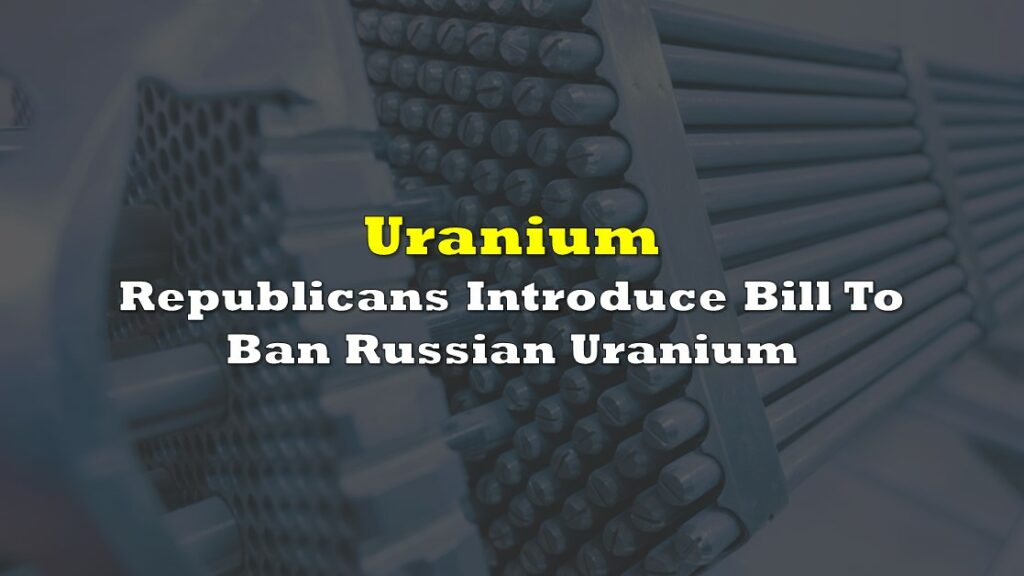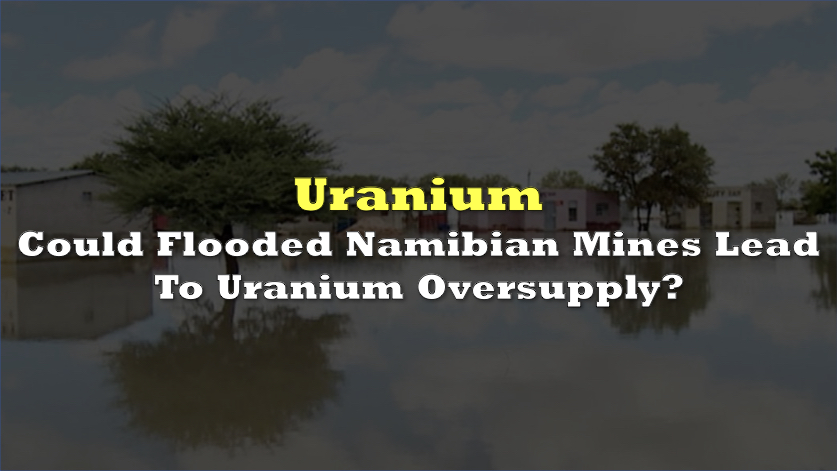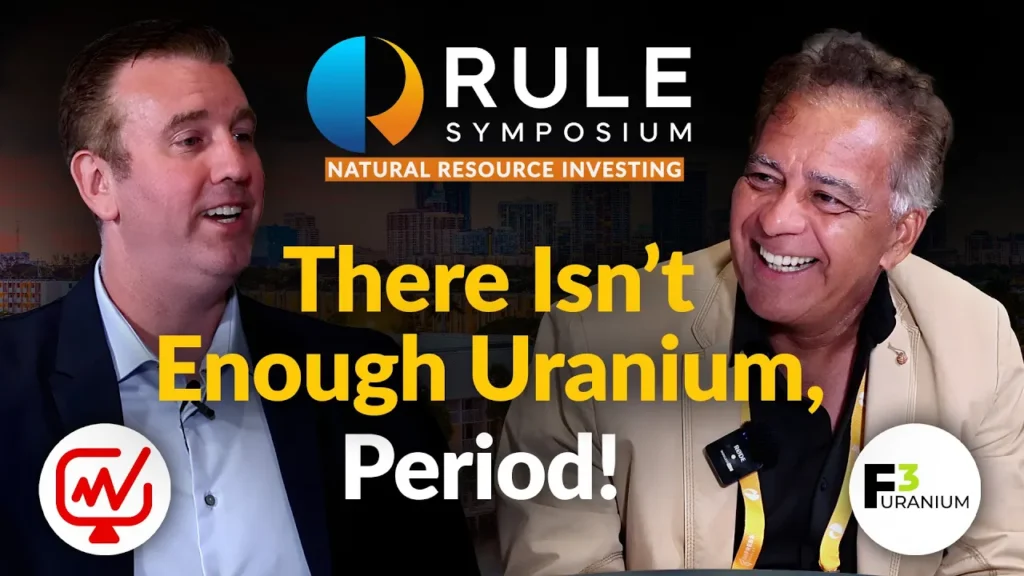Kazakhstan, the world’s largest uranium producer, has announced significant changes to its mineral extraction tax (MET) regime for uranium. Effective January 1, 2025, the MET rate will increase from 6% to 9%. Furthermore, from January 1, 2026, the tax will be calculated using a differentiated approach based on annual production volumes and uranium prices.
Starting 1/1/2025, the mineral extraction tax rate on uranium (in #Kazakhstan) will be increased from 6 to 9%. https://t.co/gcS1uIF7jl. pic.twitter.com/NsPlPcsEot
— 🅿🅴🆃🅴 (@Pete__Panda) July 11, 2024
Kazatomprom, Kazakhstan’s national nuclear company, detailed these changes in a press release, noting that they stem from recent amendments to the nation’s tax code introduced on July 1, 2024. This revision will see the tax base for MET on uranium determined by the weighted average price of natural uranium concentrate (U3O8) from public sources, multiplied by the mined amount.
Starting in 2026, the MET rate will vary as follows based on annual production:
- Up to 500 tonnes: 4%
- Up to 1,000 tonnes: 6%
- Up to 2,000 tonnes: 9%
- Up to 3,000 tonnes: 12%
- Up to 4,000 tonnes: 15%
- Over 4,000 tonnes: 18%
Additionally, if the weighted average price of natural uranium concentrate exceeds certain thresholds, the MET rate will increase incrementally, with an additional 0.5% for prices over $70 per pound, rising to an extra 2.5% for prices over $110 per pound.
Kazatomprom emphasized that these changes, effective from January 1, 2025, will not impact the company’s tax obligations for 2024. In 2023, Kazatomprom mined 21,112 tonnes of uranium, a slight decrease of 1% from the previous year. The company operates under the management of the National Wealth Fund Samruk-Kazyna JSC, with its shares and GDRs traded on the London Stock Exchange and the Astana International Financial Center Exchange.
The announcement of the tax hike has already rippled through the global markets. North American uranium stocks surged following the news, as analysts predict that the higher taxes in Kazakhstan will constrain future supply growth. BMO Capital analysts noted that the increased tax rates are likely to limit Kazakhstan’s uranium production, which in turn could lead to higher global uranium prices.
Uranium prices climbed to $86 per pound in July, marking a two-week high as markets weighed strong demand projections against supply uncertainties. The US, along with 20 other nations, announced ambitious plans to triple their nuclear power output by 2050.
China is at the forefront of this nuclear expansion, currently constructing 22 of the world’s 58 new reactors, while Japan has also resumed its reactor-building projects.
Concurrently, investors are evaluating the potential impact of the US ban on Russian nuclear fuel imports on global supply chains. The Department of Energy has solicited initial offers for low-enriched uranium to assess US capacity pressures on converters and enrichers in the absence of Russian supplies and to determine the necessary amount of ban waivers to ensure a stable power supply. Russia currently accounts for a quarter of the US nuclear fuel supply and half of the global supply. Since its invasion of Ukraine in 2022, multiple European utilities have already stopped sourcing nuclear fuel from Russia.
Information for this story was found via the sources mentioned. The author has no securities or affiliations related to the organizations discussed. Not a recommendation to buy or sell. Always do additional research and consult a professional before purchasing a security. The author holds no licenses.









